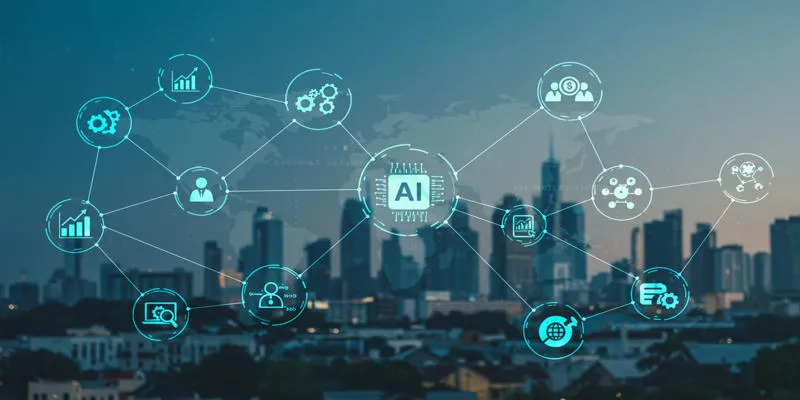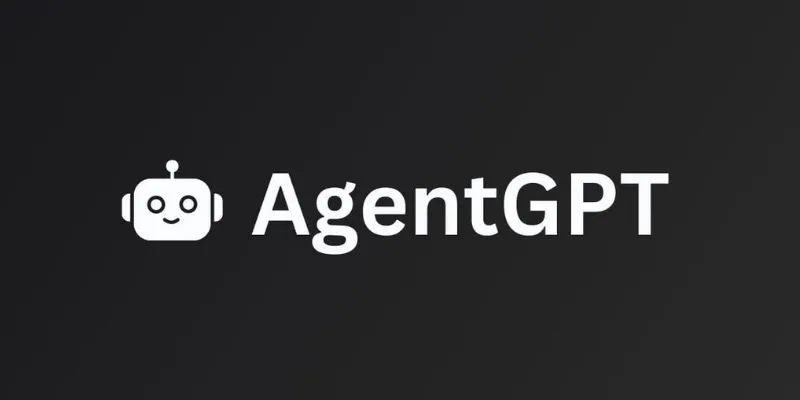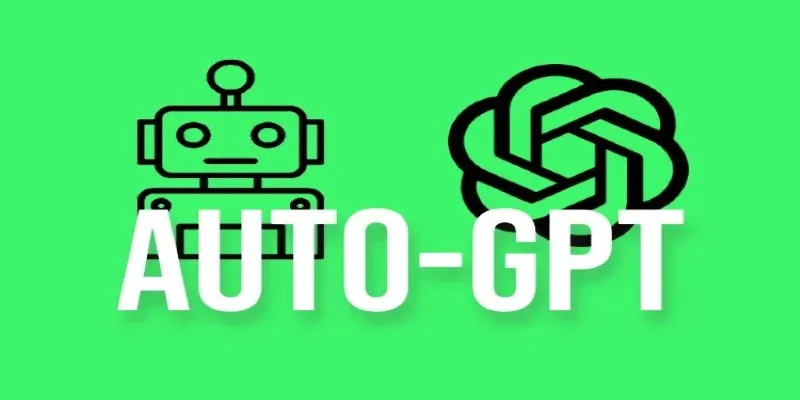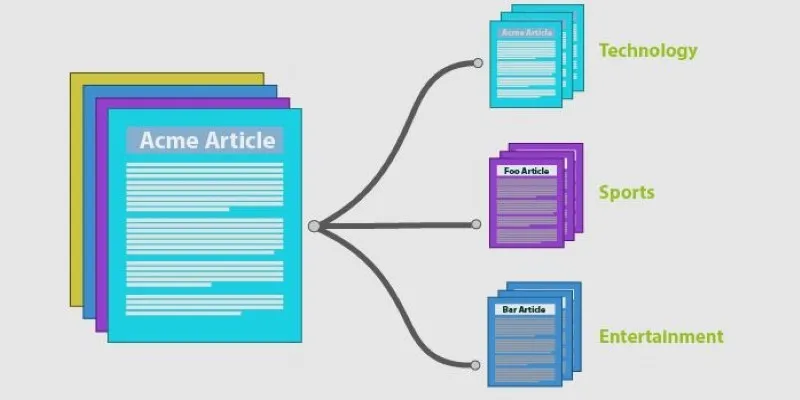Have you ever noticed that after checking out a product online, it seems to follow you everywhere on the internet? Traditional retargeting techniques have relied heavily on repetitive and impersonal ads, which can often be irritating. Users have become adept at tuning these out. Poorly executed retargeting campaigns don’t just fail to convert potential customers—they can actively damage your brand’s reputation.
Enter ChatGPT-powered strategies. Instead of bombarding users with more ads, these tactics focus on personalized outreach tailored by user behavior, tone, and timing. This isn’t automation for the sake of automation; it’s about engaging smarter. By speaking to real intent rather than just simple activity, you can retarget intelligently. When done correctly, it results in less noise, more trust, and improved sales—without the pressure or gimmicks, just relevance that works.
The Problem with Traditional Retargeting—and Why It Fails
Conventional retargeting campaigns often rely on basic triggers. For instance, a user visits a product page but doesn’t make a purchase, resulting in ads for that product appearing everywhere they go online. This approach is repetitive, predictable, and highly impersonal. The issue? Customers recognize it as an automated reminder lacking any meaningful connection.
Even worse, this method often backfires. Ads are shown too frequently or too late, without considering the customer’s behavior or intent. A user might have already purchased the product elsewhere or lost interest, yet the system continues to push the same product without context.
Retargeting fatigue is a genuine concern. Audiences have grown accustomed to ignoring these ads altogether. In some cases, overly aggressive retargeting can lead to the use of ad blockers, unsubscribing from services, and outright avoidance. What was intended to pull customers back ends up pushing them away.
The core issue isn’t the concept of retargeting itself—it’s the execution. Retargeting has been reactive rather than intelligent. This is where AI, particularly conversational tools like ChatGPT, provides a viable solution.
ChatGPT-Powered Strategies: Precision Without the Pressure
The strength of ChatGPT-powered strategies lies in understanding—not just tracking. This AI isn’t just about identifying what a user clicked on; it’s about analyzing their thoughts, feelings, or needs at that moment. This makes the approach more effective and, frankly, more human.

Imagine a scenario where someone browses a page for hiking boots but doesn’t make a purchase. A standard retargeting ad might repeatedly show the same boot image. In contrast, ChatGPT-powered tools can segment this individual based on browsing patterns, location, and behavioral signals. Instead of showing a generic ad, it could craft a personalized message:
“Still planning your outdoor trip? These waterproof boots just dropped in price.”
This approach offers relevance, timing, and a human tone—all from a machine that communicates like a person.
ChatGPT also excels in real-time engagement. If a customer opens a retargeting email or clicks on an ad, you can direct them to a chatbot that feels like a conversation—not a script. They can ask questions, get recommendations, or even negotiate an offer. The result? A two-way interaction that feels natural and builds confidence in the purchase decision.
Another key advantage is message diversity. Instead of showing the same ad repeatedly, AI can adjust messaging based on user reactions. If a person doesn’t respond to a discount but clicks on content about product features, the system can shift future messages to highlight durability, reviews, or use cases—whatever aligns with that user’s curiosity.
By integrating ChatGPT into the retargeting flow, you’re not just pushing a product—you’re creating a narrative that involves the user. That’s a game- changer.
From Data to Dialogue: Personalization at Scale
One of the biggest challenges in modern marketing is balancing personalization with scale. Human-crafted messages are effective but don’t scale easily. Generic messages scale but lack the personal touch. ChatGPT-powered strategies strike the perfect balance between the two.
The AI can process vast amounts of user data and instantly convert it into tailored messages. These could be retargeting emails, website pop-ups, dynamic product recommendations, or even follow-up texts. All of this can sound natural and on-brand—without hiring an army of writers.
Imagine running an online store with a thousand visitors, each viewing different products but not purchasing. Instead of sending one-size-fits-all offers, you use ChatGPT to generate unique follow-ups. Some might receive messages about product care, while others could get style suggestions or bundle recommendations. The tone, format, and timing are all fine-tuned based on user behavior.
This level of smart targeting enhances engagement and retention. People are more likely to return if they feel understood, not stalked.
It also allows for context-sensitive adjustments. For instance, if a product goes out of stock, ChatGPT can suggest alternatives instead of letting the ad become stale. If a user browses without adding anything to the cart, the system might offer a guide or quiz instead of a hard sell.
These small shifts make a big difference. They transform annoyance into assistance, showcasing the power of smarter retargeting campaigns. The system learns, adapts, and communicates in a way that respects the user’s journey.
The Future of Smarter Retargeting Is Conversational
We’re moving towards a world where people expect more from digital interactions. It’s no longer enough to be seen—you have to be relevant, helpful, and human. ChatGPT-powered strategies are at the heart of this shift.
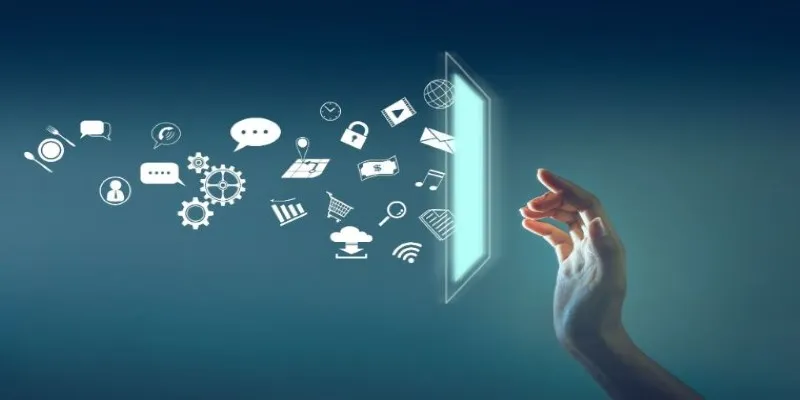
These strategies enable the creation of conversations at scale, transforming passive reminders into active engagements. They make retargeting feel less like advertising and more like support.
However, this isn’t a magic fix. You still need solid data hygiene, thoughtful customer segmentation, and a clear understanding of your brand’s voice. ChatGPT isn’t here to replace these fundamentals—it’s here to enhance them.
When used correctly, these tools can reduce ad fatigue, increase conversion rates, and even improve customer loyalty. It all boils down to one principle: talk to people the way they want to be talked to.
Conclusion
In today’s digital landscape, retargeting must evolve to boost conversions effectively. ChatGPT-powered strategies offer a smarter, more human approach to re-engaging users by creating timely, relevant, and conversational touchpoints. This isn’t about flooding people with ads—it’s about building trust through thoughtful interaction. By combining AI’s precision with a personal tone, you can reduce fatigue, improve retention, and drive meaningful action. Retarget smarter, respect attention, and let ChatGPT help you turn interest into long-term customer relationships.
 zfn9
zfn9



